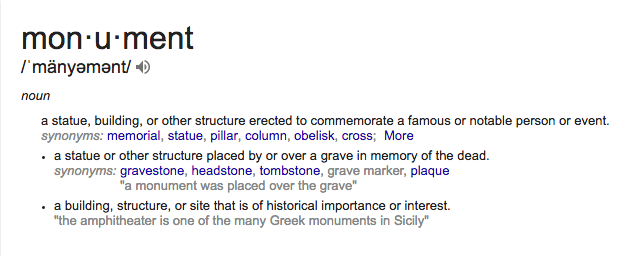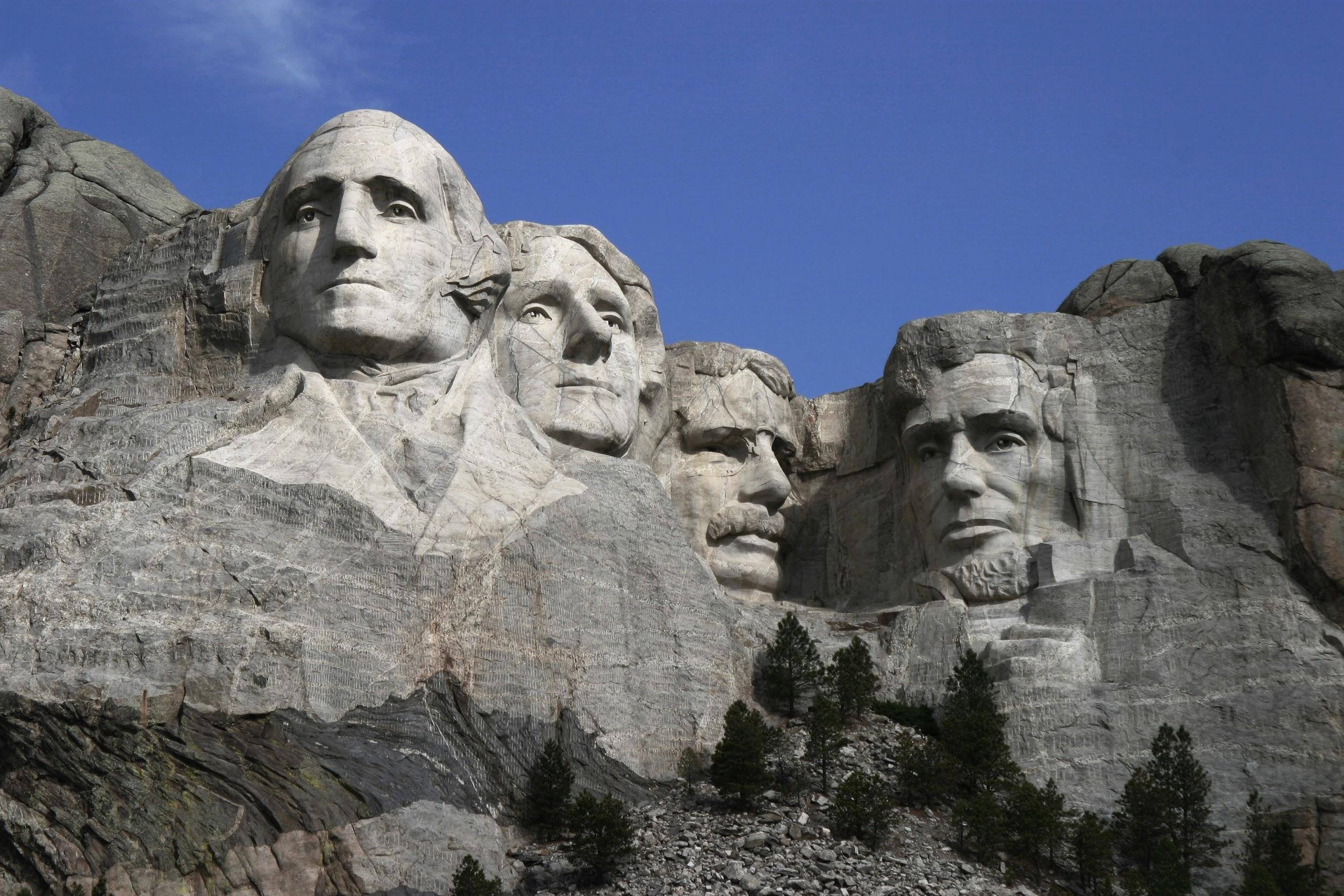You know something has become mainstream when it becomes a verb. If you ask me something I don’t know, my response will probably be “Google it.” Instantly, you’ll know what I’m suggesting.
Google, however, has morphed into something more. Their suite of tools is transforming classrooms around the world. Let’s look at how an elementary teacher could approach a lesson using a suite of Google tools. For this lesson on identifying and explaining the significance of various community, state, and national monuments, we will use Google Search, Slides, Sheets, YouTube, and Drawing.
Start by Googling this search string: “united+states+monuments”. It is important to put the + sign between the words. This tells Google’s search
 engine to search for websites that have all three of these words. After the search, click on the word Images at the top of the page. This will produce a page full of images of U.S. monuments.
engine to search for websites that have all three of these words. After the search, click on the word Images at the top of the page. This will produce a page full of images of U.S. monuments.
Next, open up a Slides presentation and insert photos of monuments you want to show your students. You could also insert a few monuments from your state by Googling “Texas+monuments”. Introduce the lesson by showing your students the presentation and asking them to identify the monuments they recognize. Follow that question by asking them if they know why the monument was erected.
Next, ask your students what the word “monument” means. Have one of your students type the suggestions in a Google Doc to capture student comments. Then type “define:monument” in Google Search. This will produce a definition of the word. Ask your students to compare the definition found on Google with the ones your students identified. What are the similarities? What are the differences?
 Prior to the class, select a group of YouTube videos about different U.S. and Texas monuments. Create a playlist and have your students watch the videos. Here is a sample. As they are watching the videos, have them identify the one monument they would like to know more about. Group the students by the monument they have chosen and ask them to research the event or person that inspired the monument. Have them create a simple Slide presentation demonstrating what they learned.
Prior to the class, select a group of YouTube videos about different U.S. and Texas monuments. Create a playlist and have your students watch the videos. Here is a sample. As they are watching the videos, have them identify the one monument they would like to know more about. Group the students by the monument they have chosen and ask them to research the event or person that inspired the monument. Have them create a simple Slide presentation demonstrating what they learned.
To evaluate your students’ understanding, create a Google Drawing that requires them to identify the monuments they chose to research. Here is an example.
All of these activities could be adjusted for primary students. Instead of having a student type in the Google Doc, you could type the student
 responses as a group activity. Instead of creating a Slide presentation, have the students draw images illustrating what they learned about the monument on a storyboard. This helps the students make critical decisions about what images best represent their learning and the order the images should be placed to communicate their ideas to an audience. These are necessary skills that will help them when they are older and are able to create a Slide presentation. Learning what to include and exclude is important to know. You could also take photos of their pictures and put them in a Slide presentation.
responses as a group activity. Instead of creating a Slide presentation, have the students draw images illustrating what they learned about the monument on a storyboard. This helps the students make critical decisions about what images best represent their learning and the order the images should be placed to communicate their ideas to an audience. These are necessary skills that will help them when they are older and are able to create a Slide presentation. Learning what to include and exclude is important to know. You could also take photos of their pictures and put them in a Slide presentation.
Today’s elementary students have been playing with technology since they were little. Using technology for their learning feels very normal and natural to them. Google Apps provides a teacher with lots of tools to increase collaboration, engagement, and student choice. These are just a few examples. Can you name a few more?

